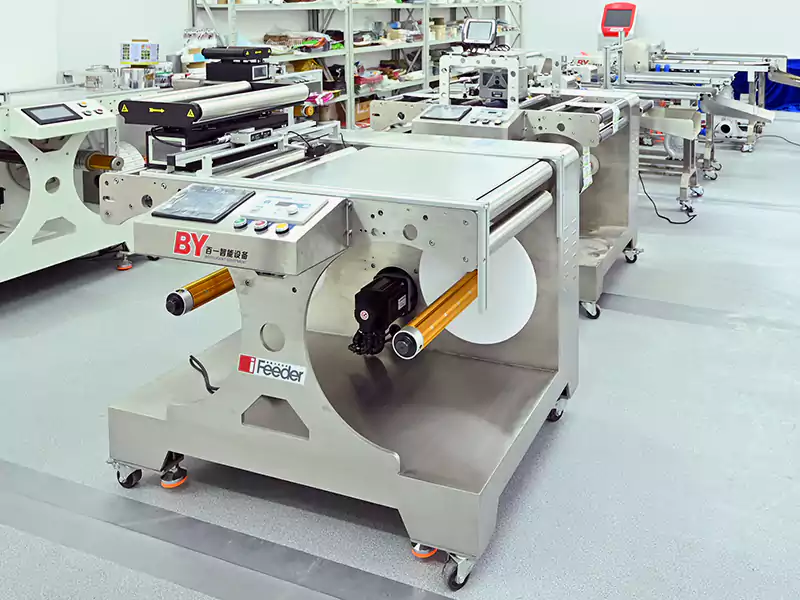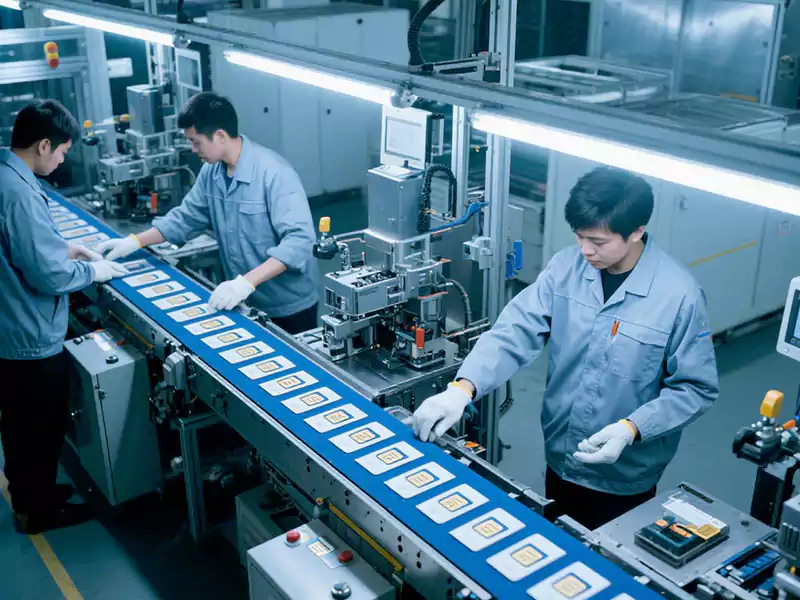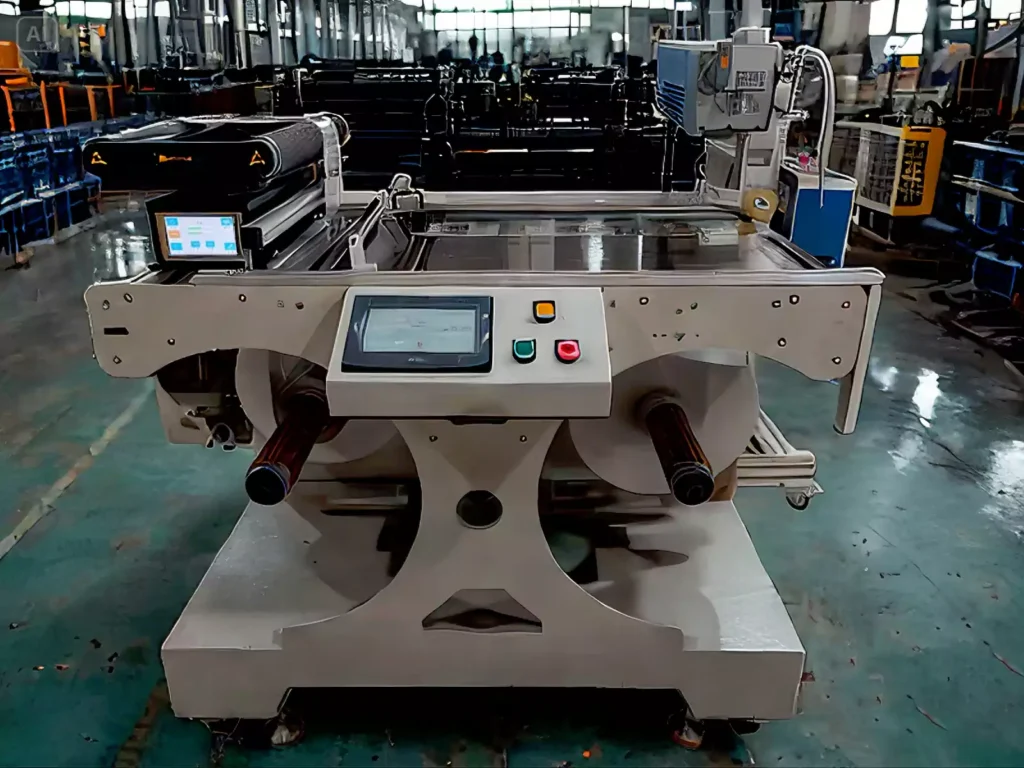A grounded conversation, not a checklist.
There’s a moment right at the start when people decide they want to get into food packaging. Maybe you’ve seen a growing demand for handmade snacks in tidy little pouches. Perhaps you’ve helped a friend sell baked goods and realized the packaging was always the bottleneck. Or maybe, like me a few years back, you just had a hunch that if food is always in demand, then the way it’s packaged has to be a business too.
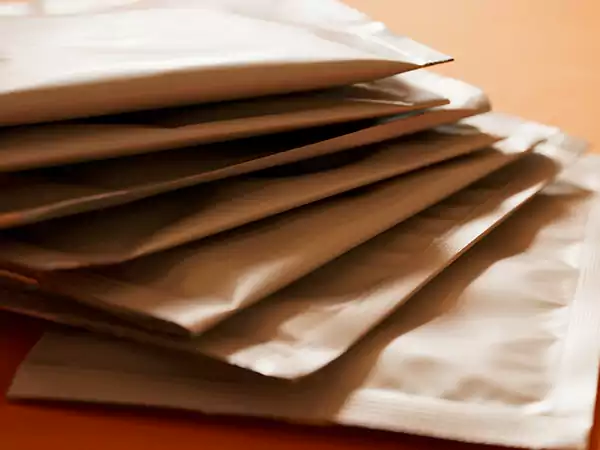
But ideas are one thing. Doing the work is another. Starting a food packaging business isn’t hard in the “build a rocket” sense, but it’s not just about buying a sealing machine and printing some stickers either. You’re stepping into a space where food safety meets branding, where time equals money, and where getting a date printed even a few millimeters off-center might cost you a client.
So how do you do it, properly?
Let’s skip the “10 steps” kind of answers and just talk through what actually matters.
I started with one product: a trail mix blend for a local vendor. Nothing fancy. Just nuts, dried fruit, and a client who didn’t want to seal bags by hand anymore. What they needed was consistency. What I didn’t realize at the time was that consistency would become my entire value proposition.
At first, everything was manual: measuring, sealing, and labeling. It was slow and not particularly precise. But it was enough to get the first invoices paid. It also taught me something important: food packaging isn’t just about looks. It’s about trust. Customers want to see a legible label. They want the packaging to feel clean and tamper-proof. They want dates clearly printed. They want to know this snack isn’t from last season’s leftover shelf.
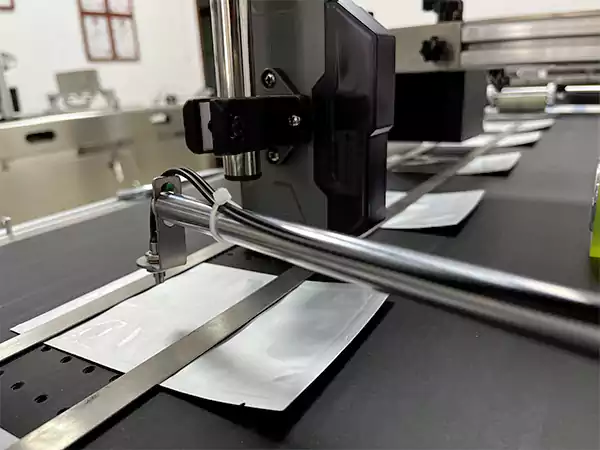
This is when I started exploring equipment. I didn’t need a conveyor belt or a robot arm. I just needed help getting pouches into position, one after another, for printing batch codes and dates. That’s where I discovered alimentadores de fricción.
If you’ve never heard of one, picture this: a neat stack of flat pouches, envelopes, or cards, and a little machine that feeds them, one by one, into a printer, a labeler, or a sealer. No double-feeds. No jams. Just clean, repeatable motion. It sounds boring. It was everything.
With a friction feeder, I could go from 100 manually labeled pouches per hour to nearly 600—without hiring extra hands. It didn’t make me a factory, but it made me reliable. That reliability got me my next client.
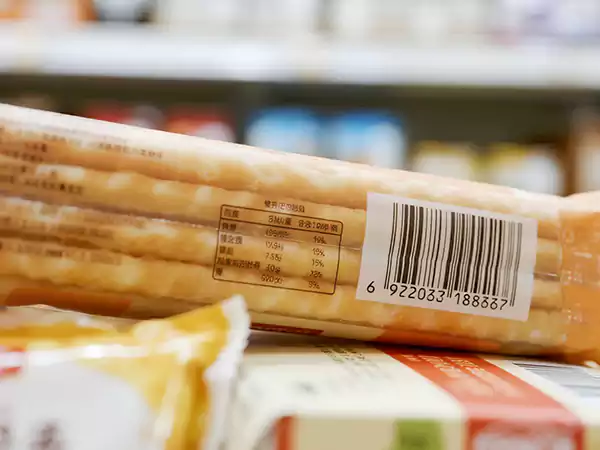
At some point, you’ll need to deal with labels. It’s one thing to slap on a pretty design, quite another to follow food labeling laws. This was something I had to learn by making mistakes. You’ll need to include:
- A proper ingredient list (in order of weight)
- Nutritional information
- Net quantity
- A production date
- A “best before” or expiry date
- Manufacturer name and contact
- And in most places, any potential allergens
There’s no workaround here. If you get it wrong, it’s not just unprofessional, but also it’s illegal. Thankfully, once your label layout is set, a decent automatic feeding and printing setup—again, even just a friction feeder with an inkjet head—can take care of applying these codes accurately every single time. It’s not about going “high-tech.” It’s about going low-risk.
People also ask whether this business is profitable. That’s the polite way of saying: is it worth it?
Well, if you’re doing this to get rich overnight, you’re probably going to be disappointed. But if you’re okay building slowly, such as adding services, dialing in your processes, and showing up for clients who need small-batch, dependable work, then yes. It pays. Sometimes more than you’d expect.
The real money isn’t in being the cheapest. It’s about being the most reliable. And frankly, if you’re the person who shows up with a working label printer, a clean workspace, and a pouch feeder that doesn’t jam every 5 minutes, you’ve already won 80% of the game.
Getting clients? That part’s less about marketing and more about listening. I got my first long-term client by visiting a farmers market and asking one question:
“Do you package these by hand?”
You’d be amazed how many small food businesses are tired of doing it themselves. They’re not looking for a factory. They’re looking for someone like you, someone with just enough automation to make things easier, not intimidating. Someone who gets that quality control matters more than speed.
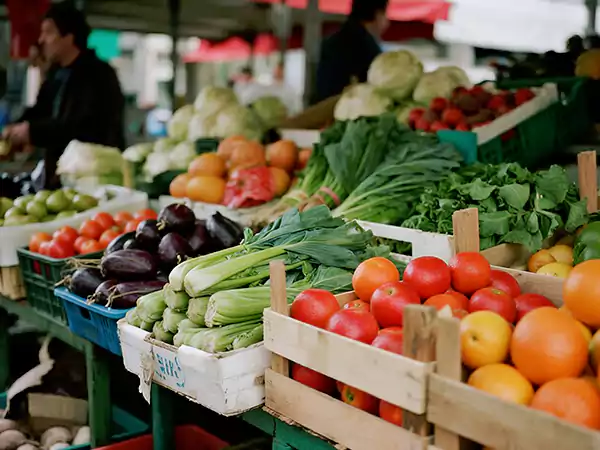
I kept my setup intentionally lean. A sealing machine. A desktop printer. A friction feeder. The beauty of that kind of modular line is that you can pivot—run pouches in the morning, print envelope codes in the afternoon, or even add folded inserts into boxes for a meal kit client.
Here’s something people don’t talk about enough: risk.
There are real risks in food packaging. A label missing an allergen warning isn’t just a typo—it can trigger legal action. A date printed so faintly it disappears in transit? That’s a returned order. A batch code applied to the wrong product? That’s a recall.
Every one of those risks can be traced back to human inconsistency or a sloppy process. The answer isn’t more people. The answer is repeatable control.
Automation at a small scale, on a smarter level, can give you that.
People always want to know “what’s next” in packaging. For me, it’s clear: the future belongs to the small operators who are smart about scale. Not everyone can afford a full production line, but a lot of people can afford small, affordable automation tools that level the playing field.
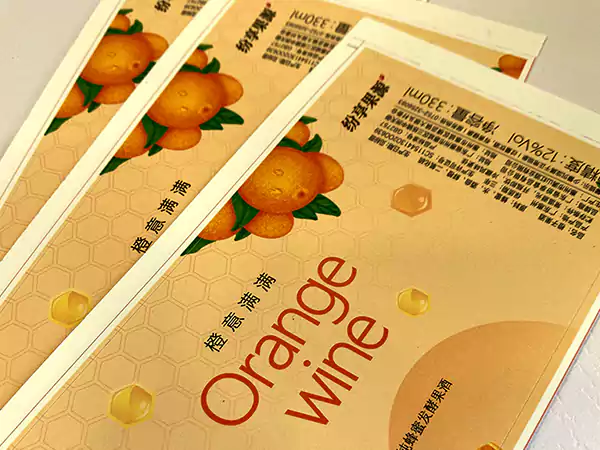
Friction feeders. Date coders. Compact label heads. These aren’t fancy toys, they’re survival tools in a world that expects quality at speed.
So if you’re thinking about starting a food packaging business, don’t start with machines. Start with a client. Learn what they need. Build backwards from their pain points. And when you realize that labeling 500 pouches by hand feels like a punishment, you’ll know it’s time to scale.
Not with a factory. Not with a staff of 10.
Just one tool at a time. One improvement. One more problem solved.
That’s the business. One clean, consistent pouch at a time.

